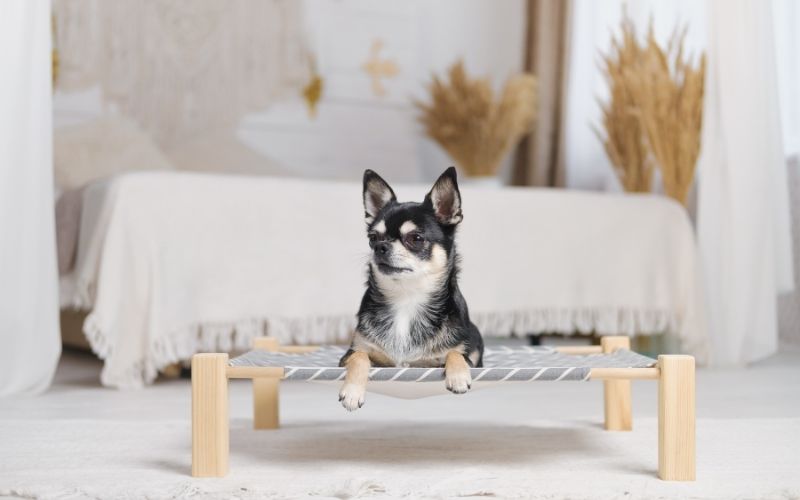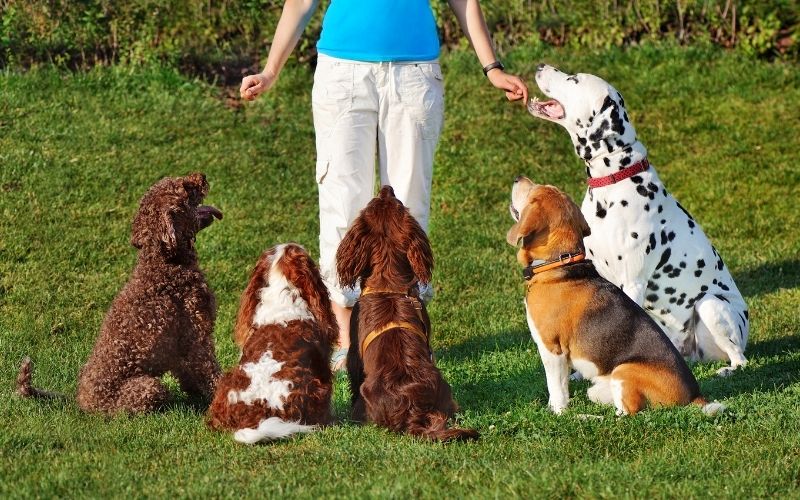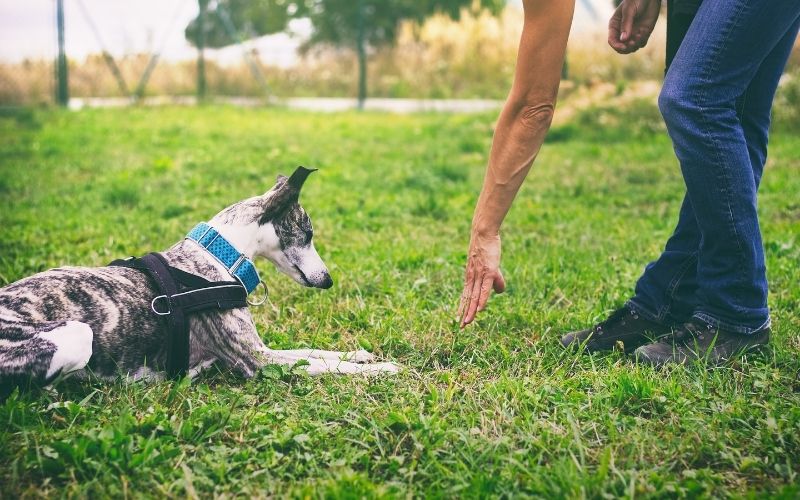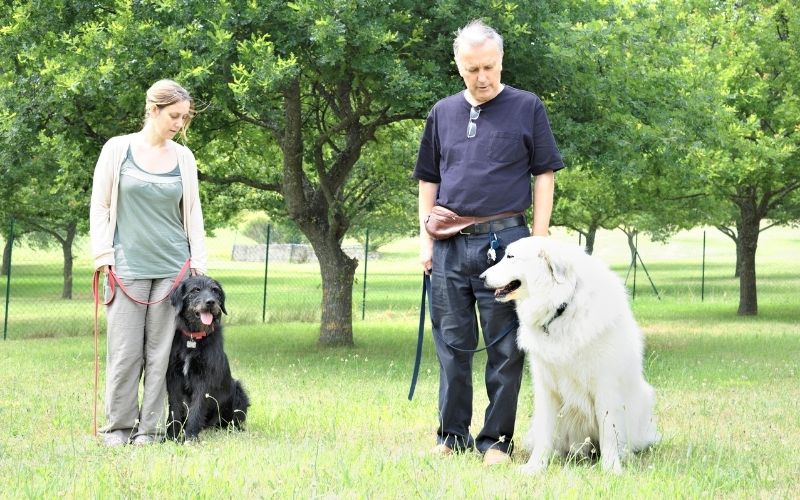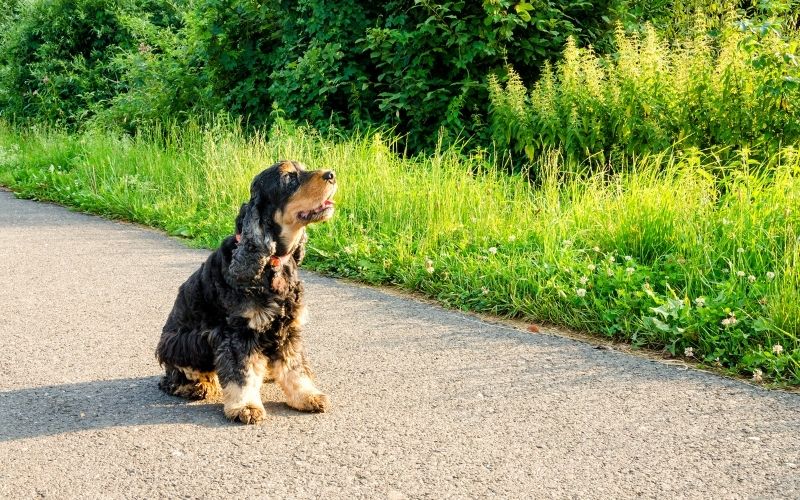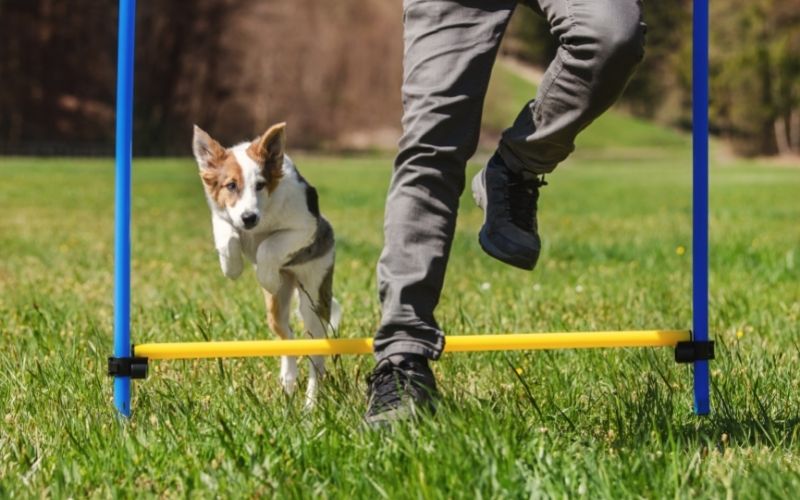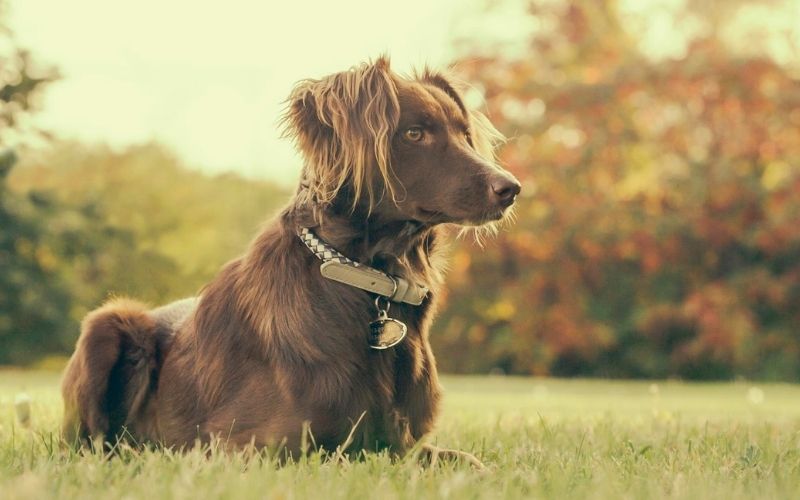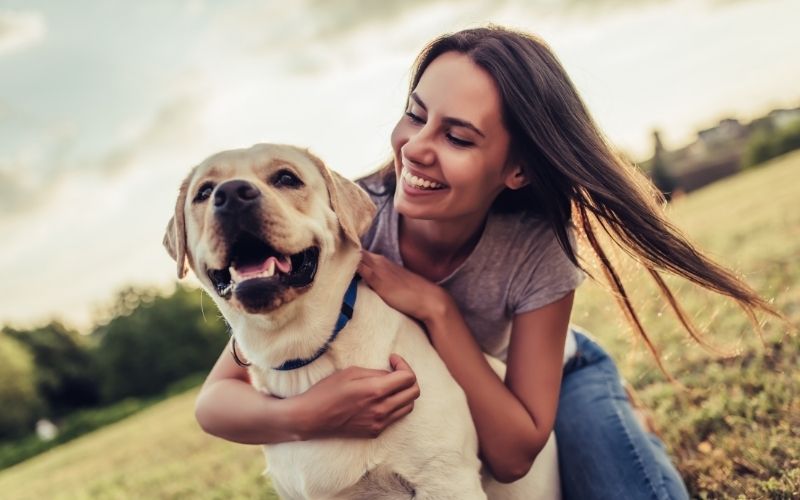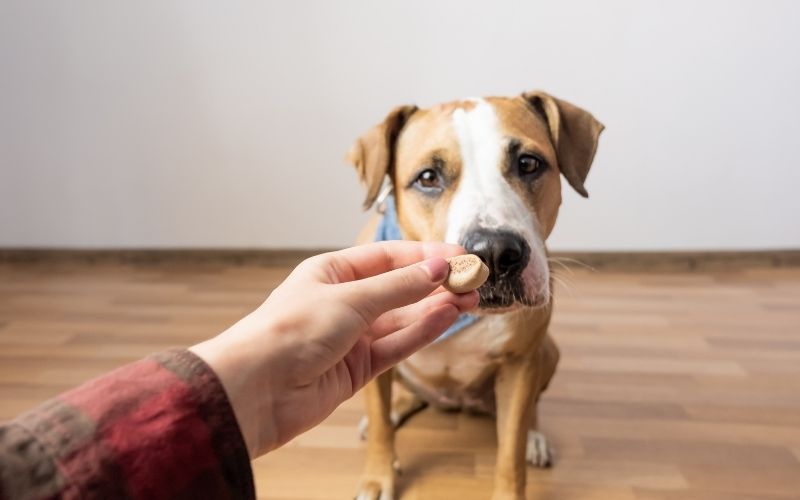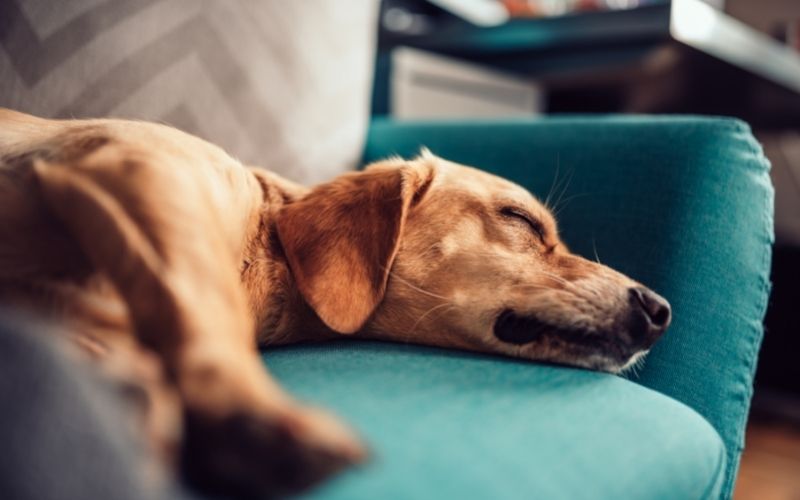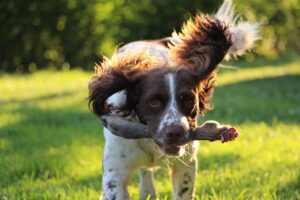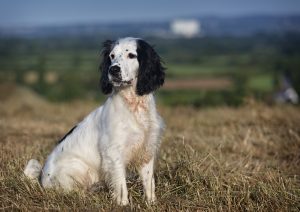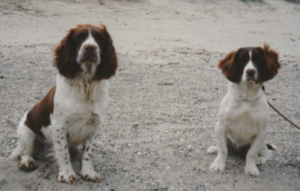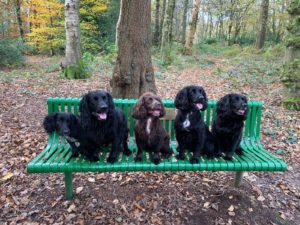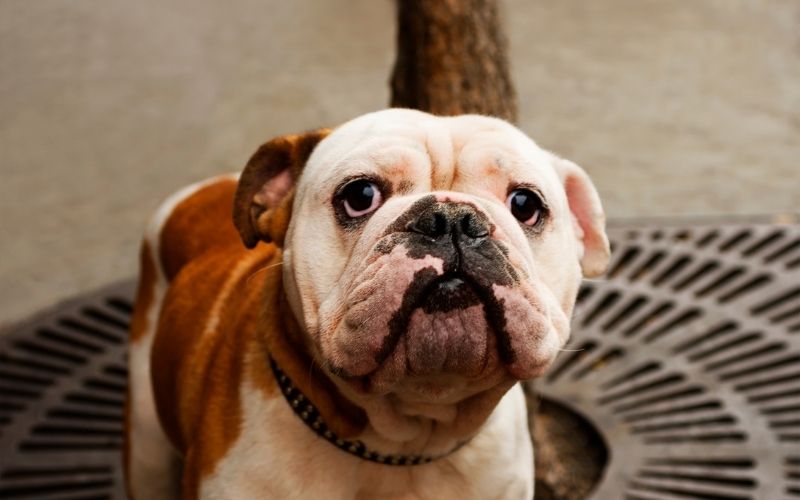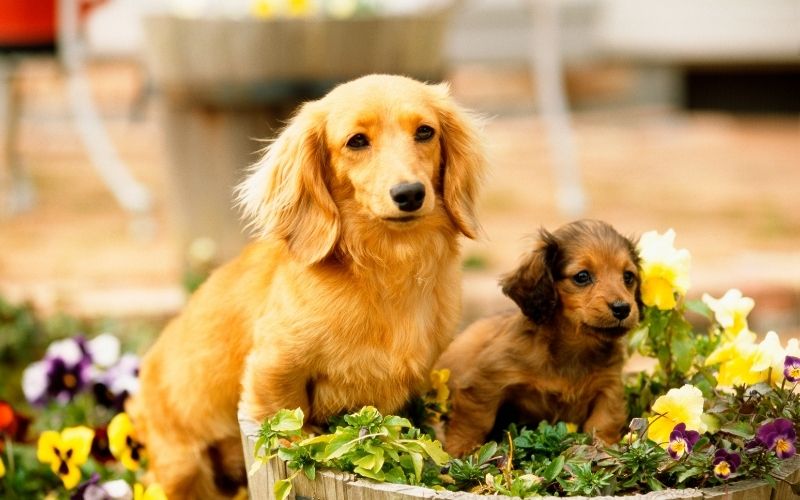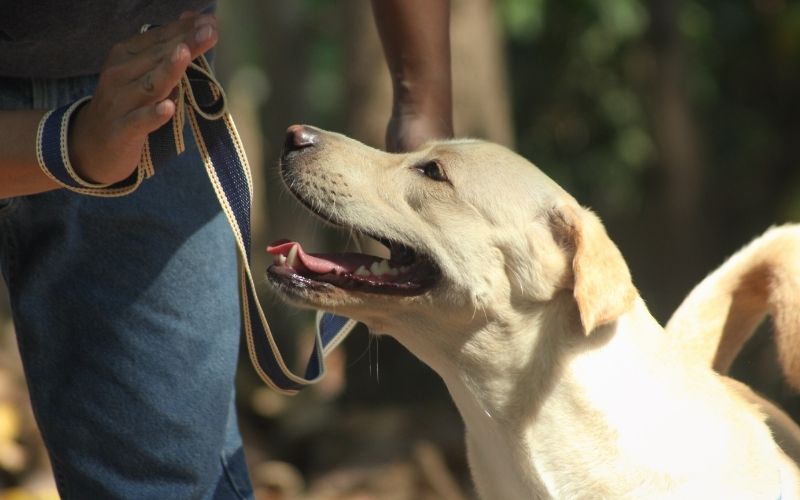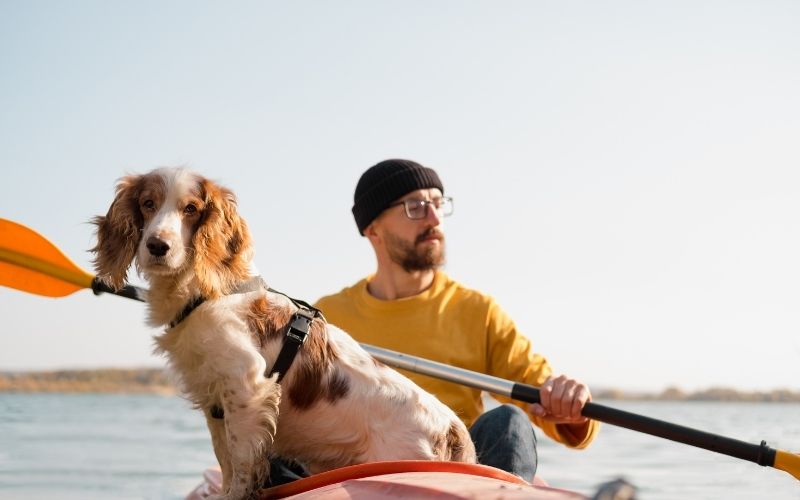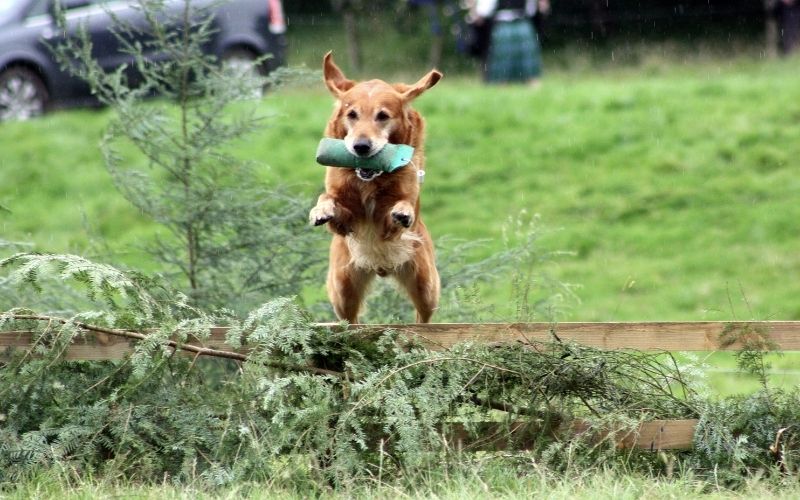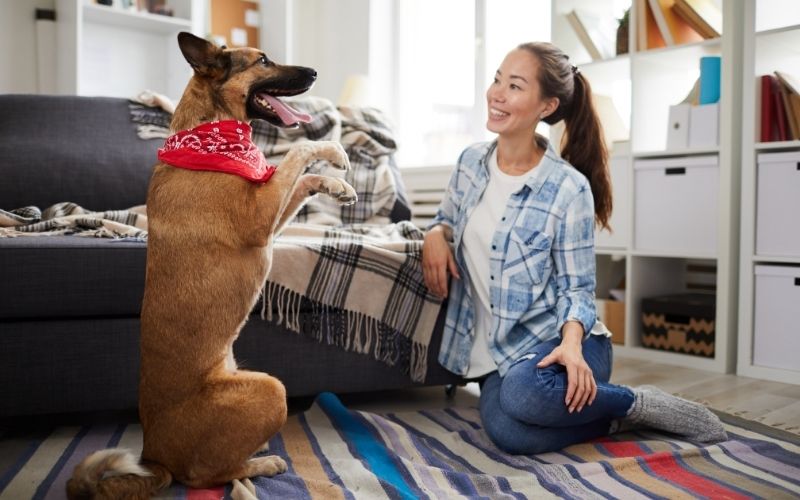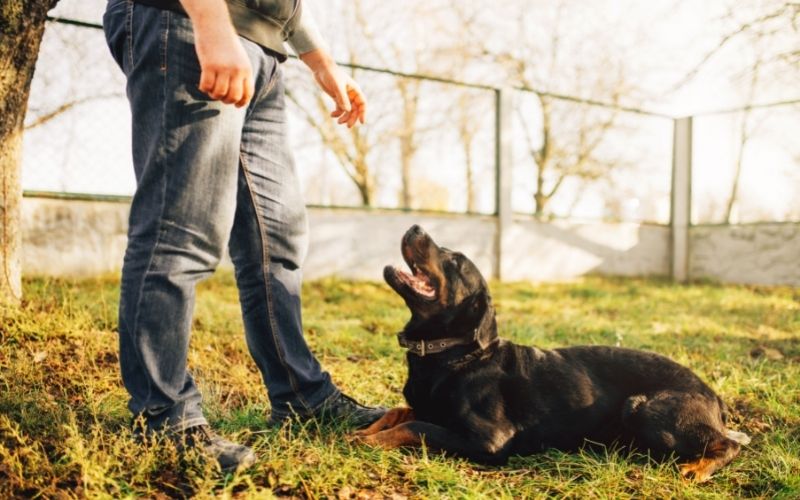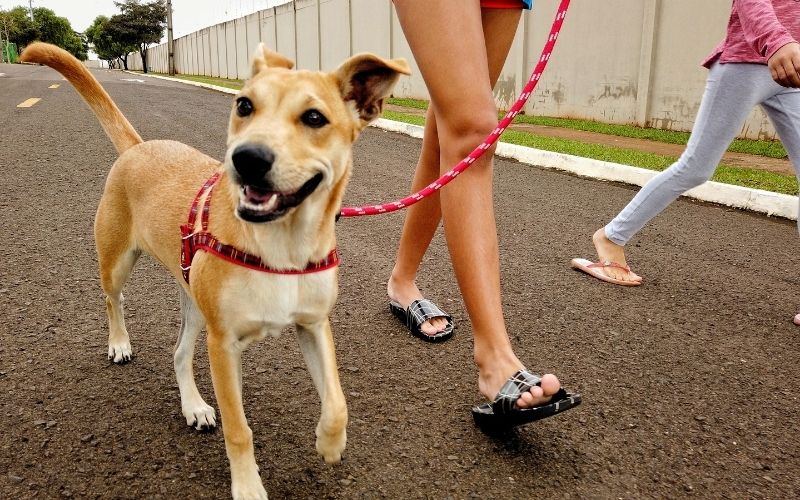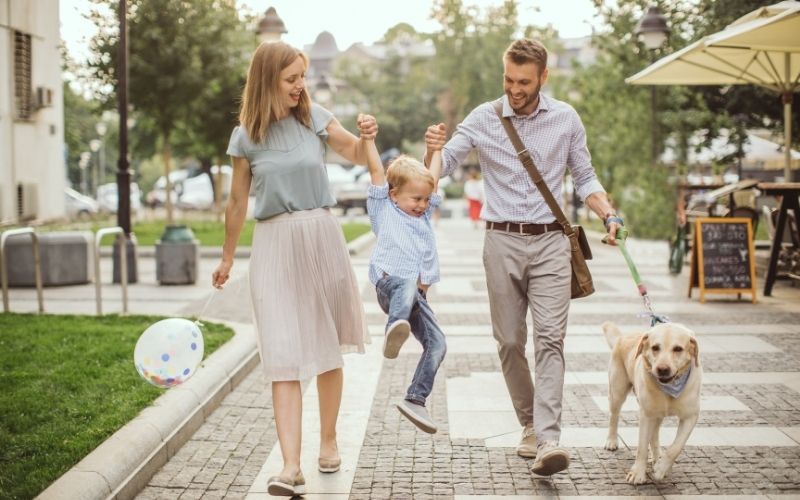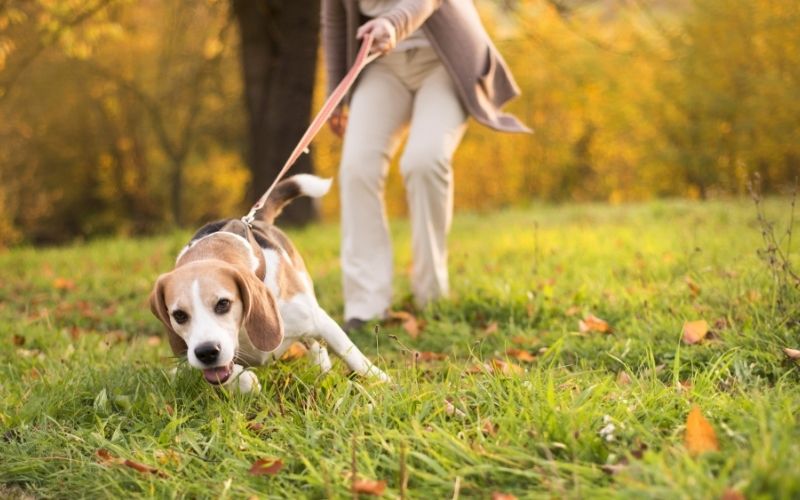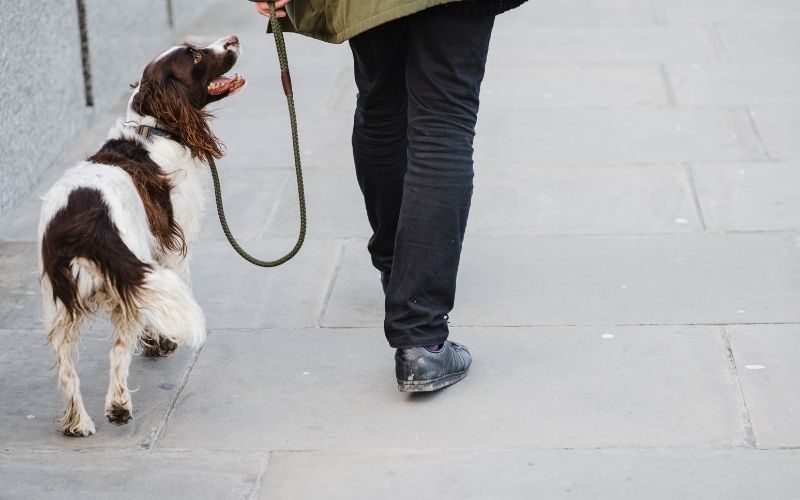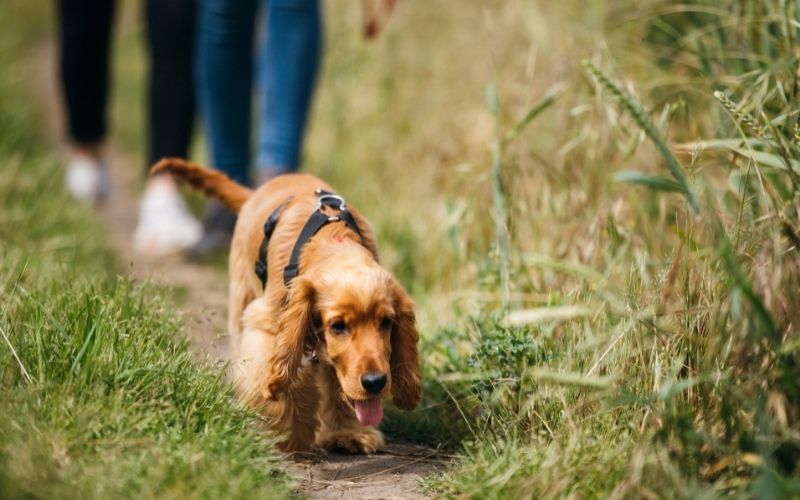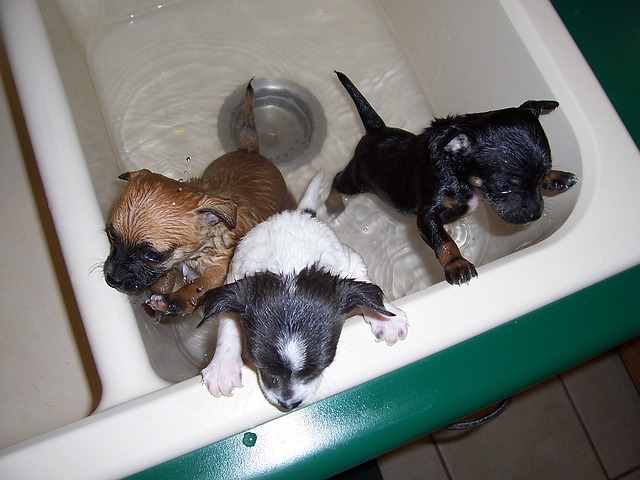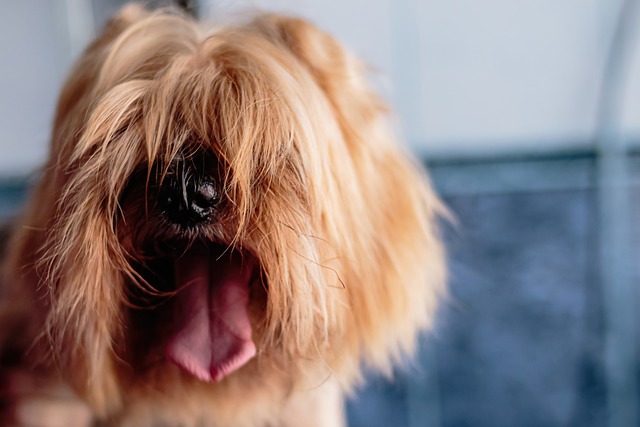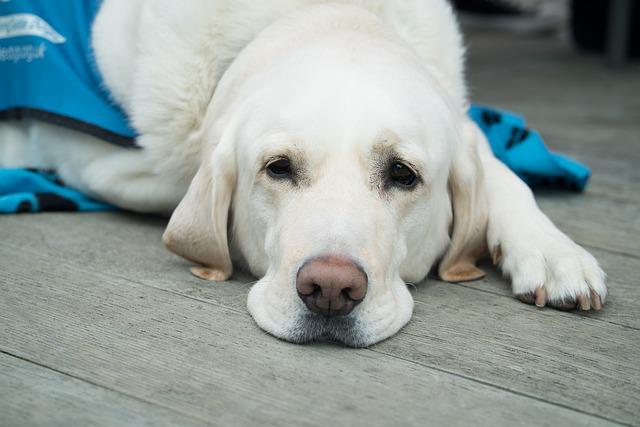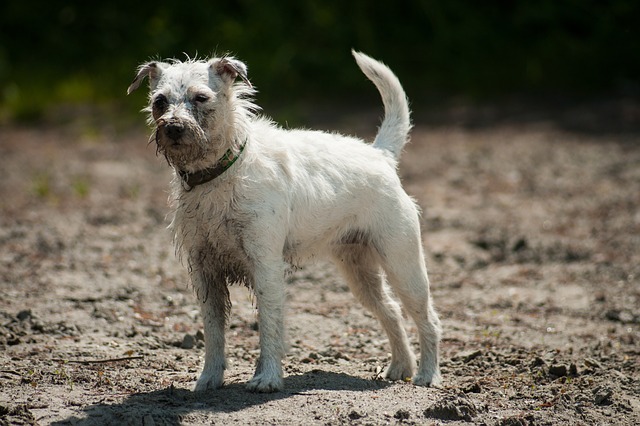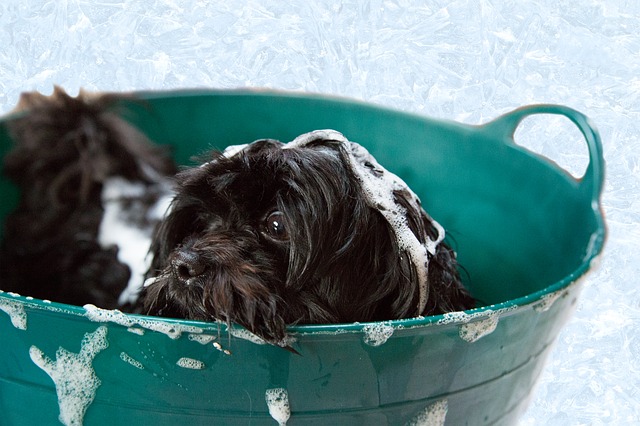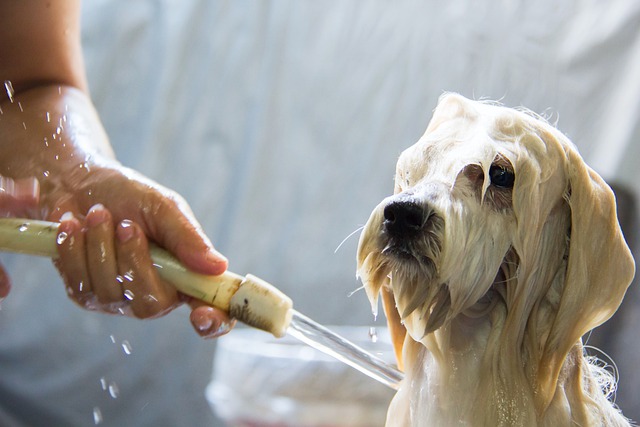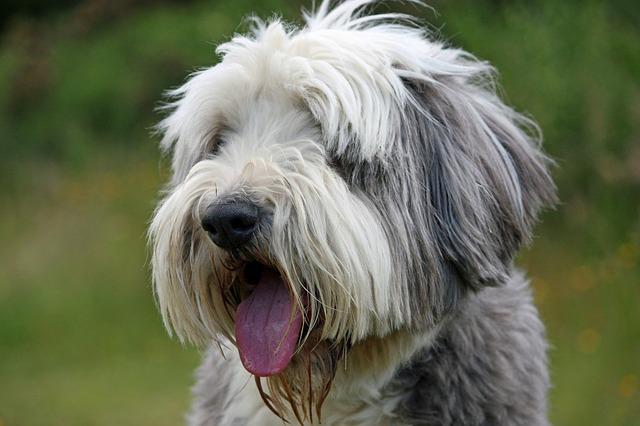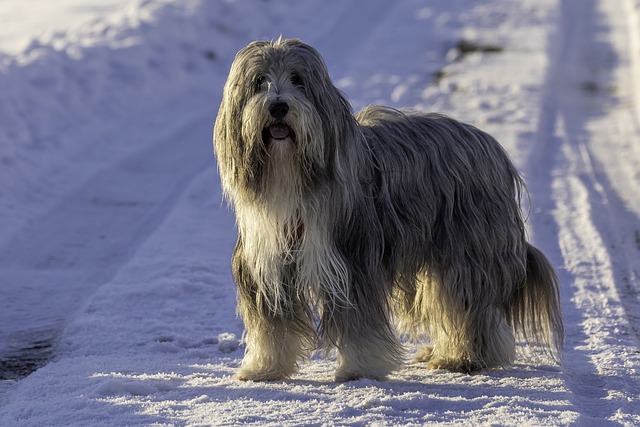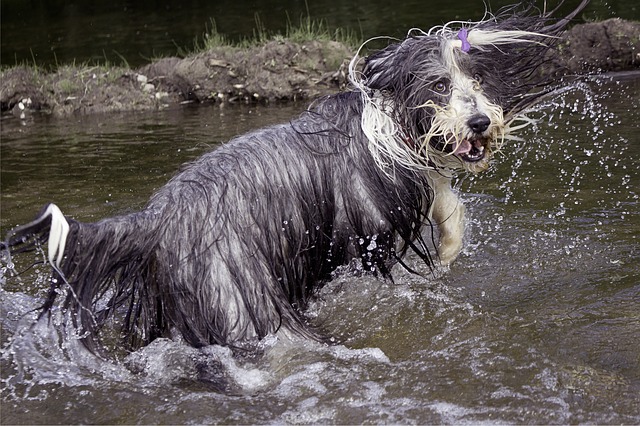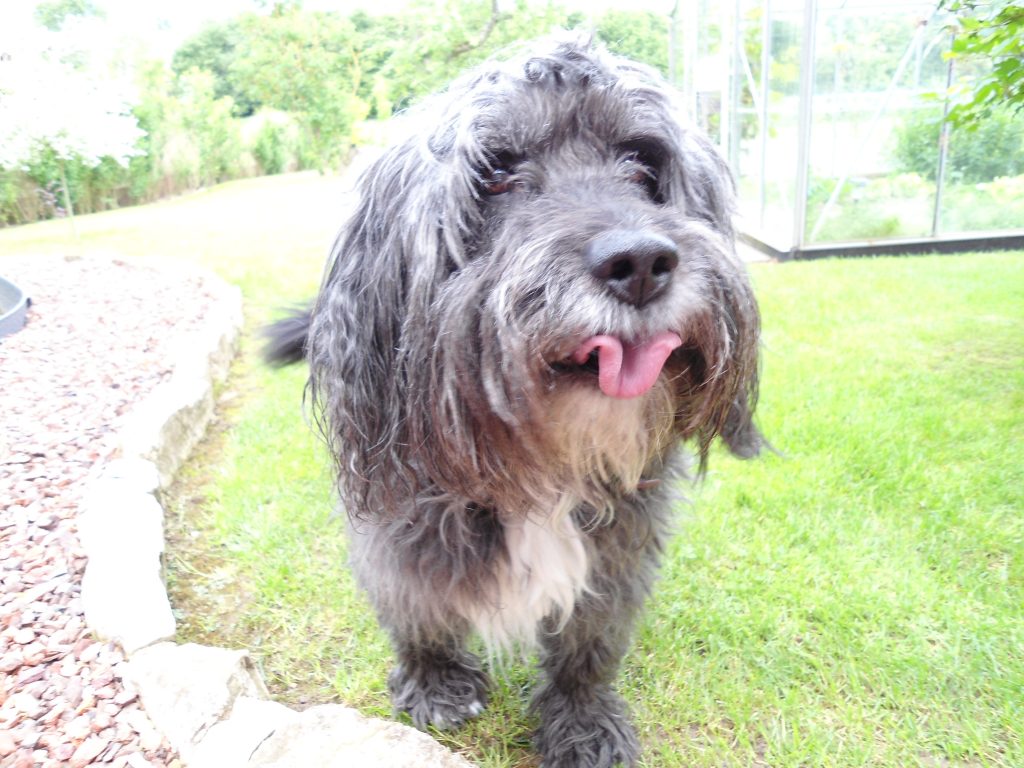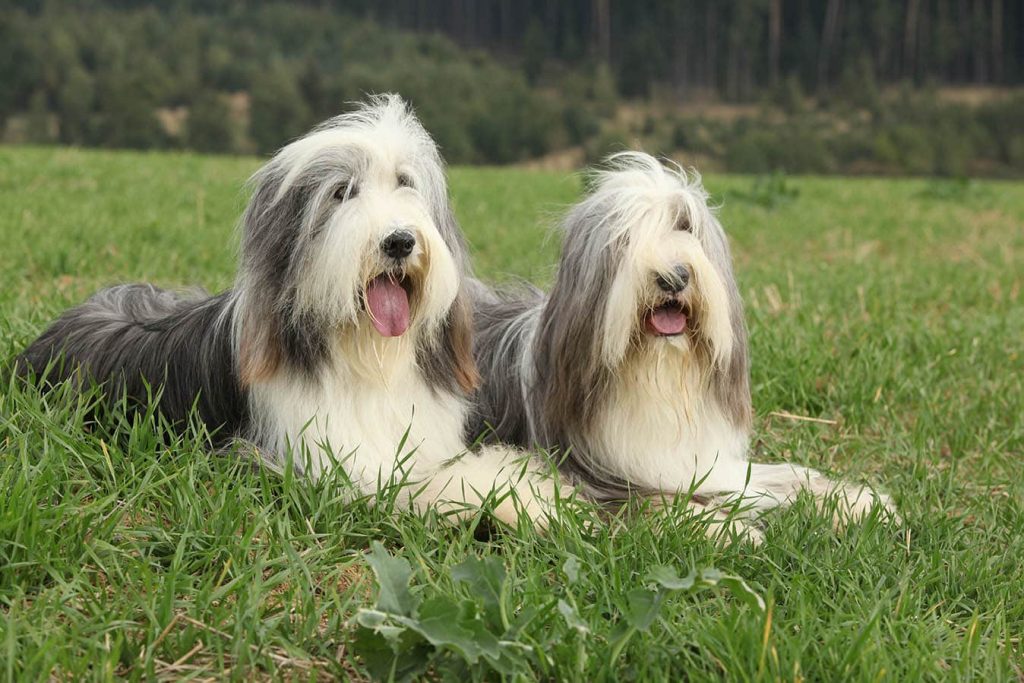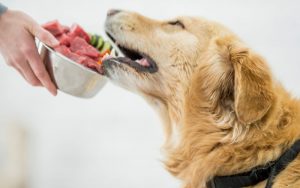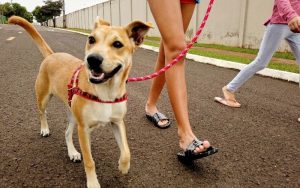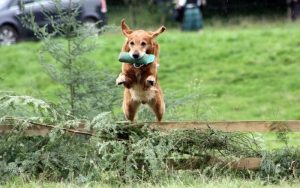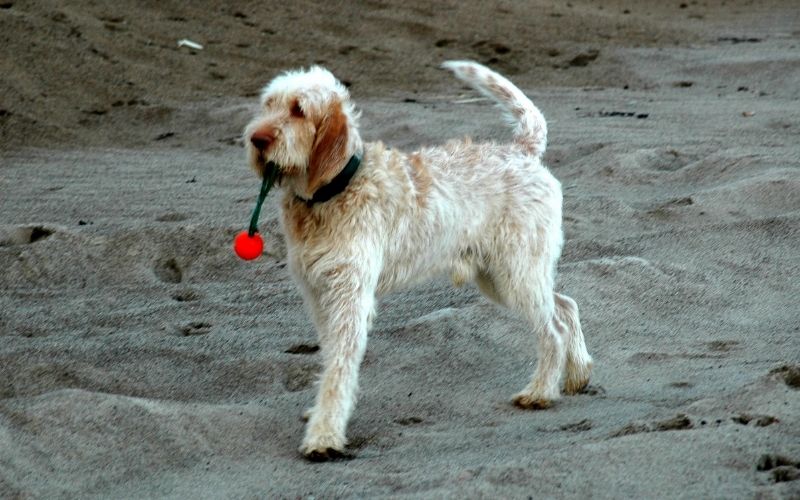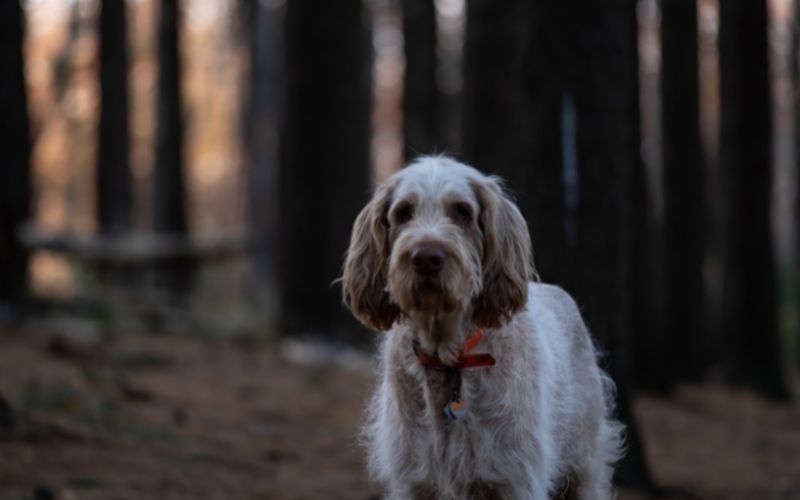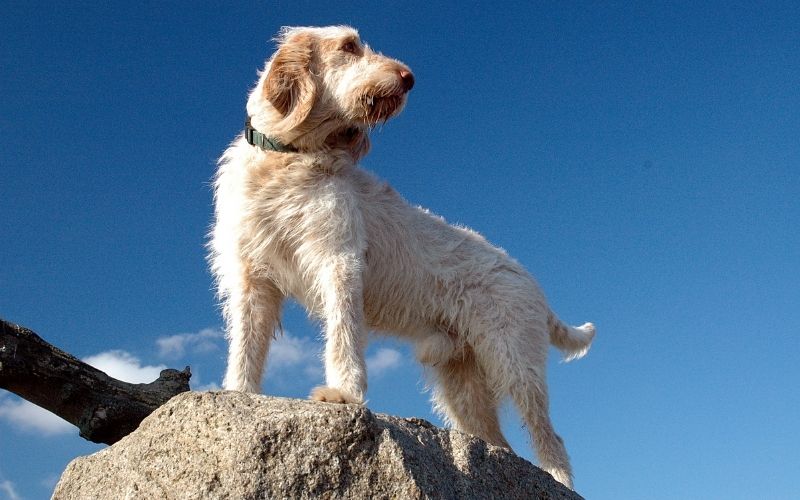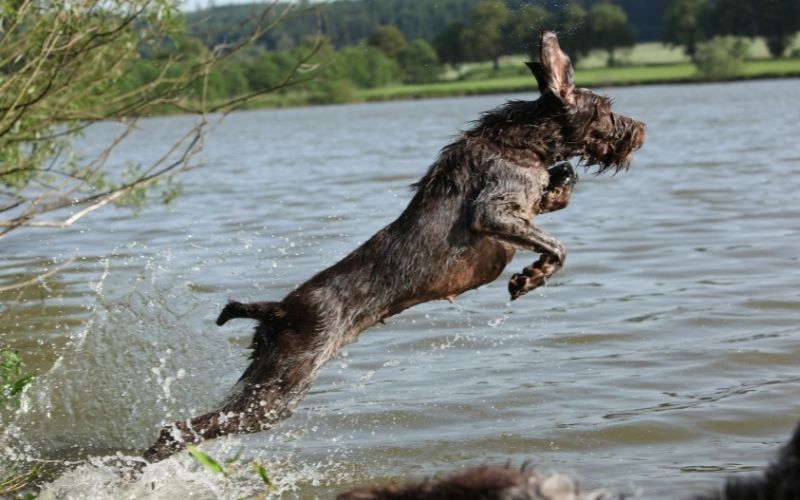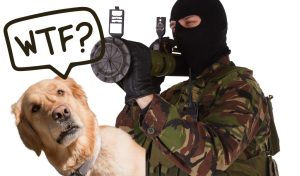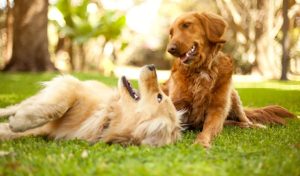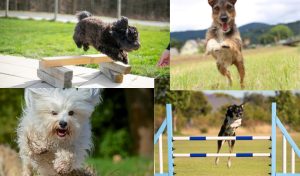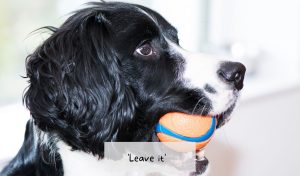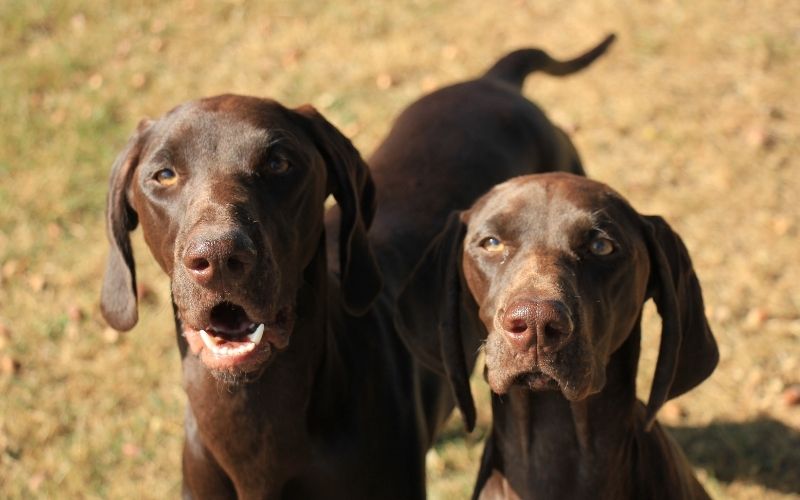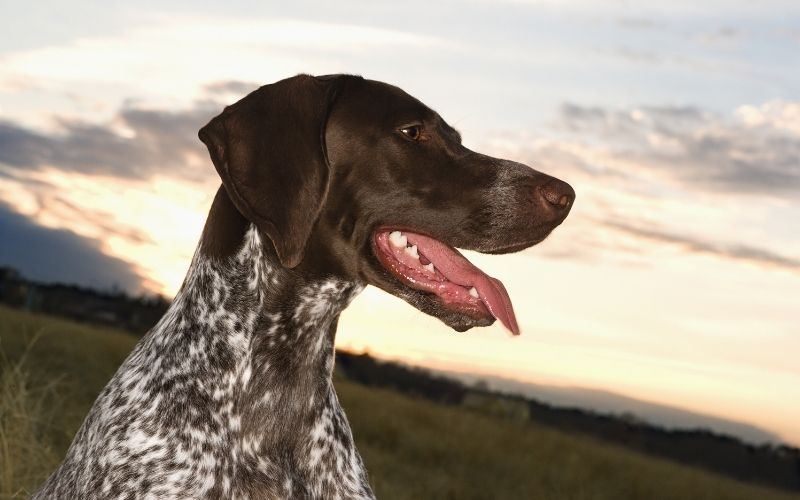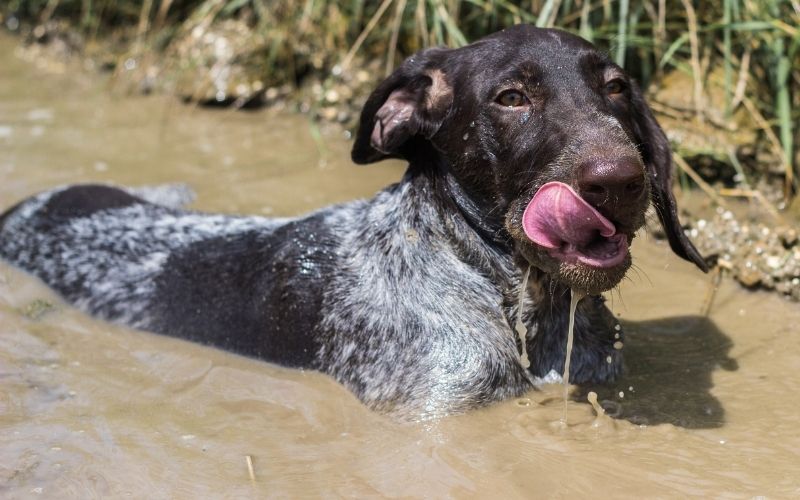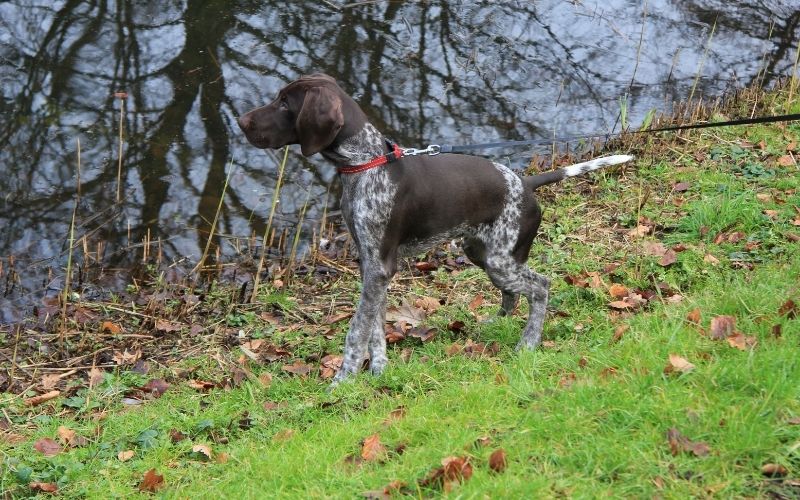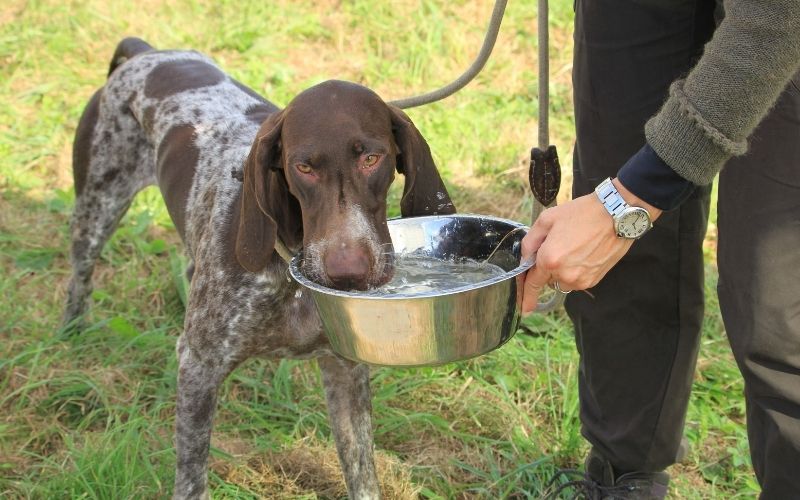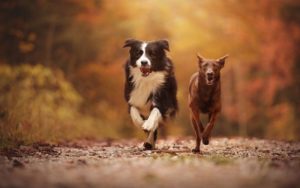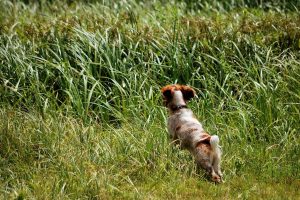Do you have a hard time keeping your dog off the furniture?
If so, maybe you should consider buying them an elevated dog bed.
Elevated beds are becoming increasingly popular among pet owners because they provide dogs with a comfortable place to rest that is also off the ground.
Elevated dog beds can be a great option for your dog if he or she suffers from joint pain, has trouble getting onto traditional dog beds, or likes to feel high off the ground. They provide dogs with a sense of security and comfort and can help to improve the health and wellbeing of your dog.
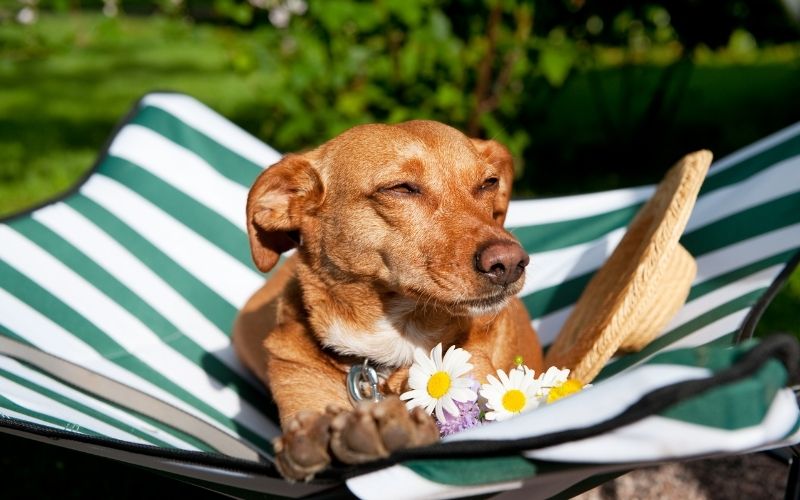
Are elevated dog beds good for dogs?
There is no definitive answer to this question, as there are pros and cons associated with elevated dog beds.
On the one hand, elevated dog beds may be good for dogs who have trouble getting onto traditional pet beds or who experience joint pain.
These types of beds offer a raised surface that helps to reduce pressure on joints, making them a good option for older dogs or those with mobility issues.
You can find some elevated beds that are comparable to human mattresses in terms of comfort and style.
On the other hand, some elevated dog beds can also be less stable than traditional pet beds and some dogs may not like being raised up off the ground.
[amazon table=”17834″]
What are the benefits of raised dog beds?
There are several benefits associated with raised dog beds, including:
1. They provide dogs with a sense of security and comfort.
2. They can help to improve the health and wellbeing of your dog.
3. They may be good for dogs who have trouble getting onto traditional pet beds or who experience joint pain.
4. They offer a raised surface that helps to reduce pressure on joints, making them a good option for older dogs or those with mobility issues.
5. You can find some elevated beds that are comparable to human mattresses in terms of comfort and style.
6. Some raised dog beds also come with built-in storage, making them a convenient and practical option.
7. An elevated dog bed is easier to clean around.
8. These types of beds help dogs to stay cooler due to better airflow.
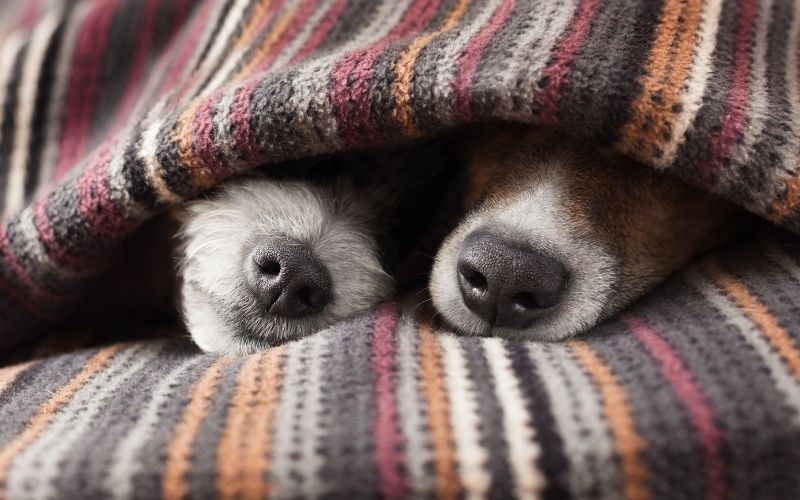
Are elevated beds good for older dogs?
Elevated dog beds can be a good option for older dogs, as they help to reduce pressure on joints and improve overall comfort.
Many older dogs experience joint pain or mobility issues, which can make using traditional pet beds difficult.
Traditional dog beds are normally on the floor and the act of getting up and down from the ground can place extra stress and strain on joints which can be difficult for an older dog.
An elevated dog bed removes much of this difficulty as the bed is at an easy to access level for the dog.
Are elevated dog beds good for arthritis?
Yes, elevated dog beds can be good for dogs with arthritis.
Arthritis is a common condition in dogs that causes inflammation and pain in the joints.
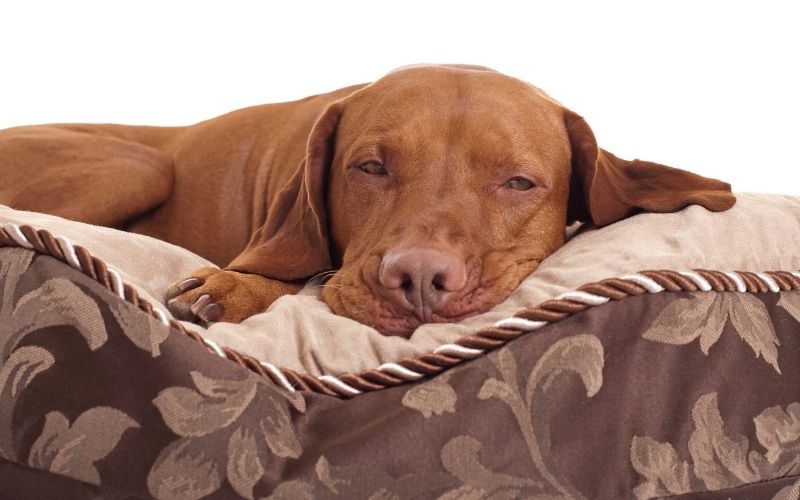
Dogs with arthritis often have difficulty getting onto traditional pet beds as the act of getting up and down can be painful.
When considering this type of bed for an arthritic dog you need to make sure that your dog can get in and out of bed without having to climb or jump – actions which could aggravate his condition.
A raised bed keeps your dog off the floor
Dogs can sleep for as much as 20 hours a day and a good comfortable raised bed will keep your dog off the hard floor.
A raised bed will protect your dog from hard surfaces and can provide support for common health problems that can occur in most dogs:
Arthritis
Muscle or back issues
Hip problems
Soft tissue injuries
Joint aches and pain
A supportive, raised bed can provide a dog with the care and comfort that they need to stay healthy.
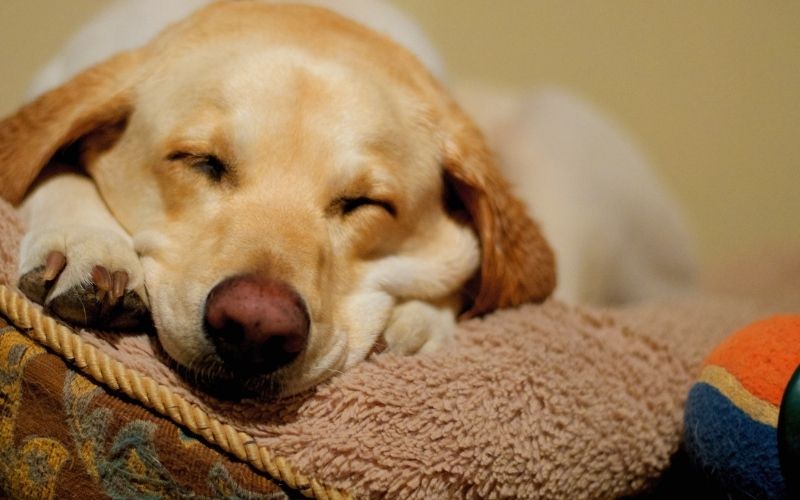
How to choose an elevated dog bed
When choosing an elevated dog bed, there are several factors to consider:
1. Size and weight capacity. Make sure that the bed you choose is the right size for your dog, as well as having sufficient weight capacity to support his body weight.
2. Style and comfort. Elevated dog beds come in a variety of styles, so you should choose one that your dog will find comfortable and supportive.
3. Ease of cleaning. Some elevated beds are easier to clean around than others, so make sure to choose an option that is easy to keep clean and free from bacteria.
4. Cost. Elevated dog beds typically range in price from around £30 to over £200, depending on the brand and size you choose.
5. Additional features. Some elevated beds also include storage or other convenience features that can make them a good choice for your home.
The Veehoo Chew Proof Elevated Dog Bed
[amazon box=”B08GLWNWLB” template=”horizontal” description=” “]
This chew proof elevated dog bed is perfect for keeping your pet off the ground and comfortable.
The rust resistant aluminium frame is easy to clean and easy to assemble, and the durable mesh fabric is resistant to chewing and scratching.
The unique design is also lightweight and easy to move, and the non-skid feet keep the bed in place.
Choose from four sizes to find the perfect fit for your pet.
Lionto covered raised dog bed
[amazon box=”B08DRL29P5″ template=”horizontal” description=” “]
This sturdy, water repellent dog bed is perfect for both indoor and outdoor use.
The easy-to-assemble roll-up roof and removable plastic feet make it easy to keep your pet comfortable indoors or out, while the heavy-duty Oxford fabric ensures durability.
Available in three sizes to suit animals of 30 to 50 kg, this bed is a great choice for any pet.
KOPEKS Elevated Bed with Mattress for Dogs
[amazon box=”B08CZYNP87″ template=”horizontal” description=” “]
This elevated design is perfect for keeping your dog dry, cool, and comfortable.
The water-resistant cover can be easily washed, and the sturdy frame is made out of steel with a powder-coated finish.
Plus, the included 10 cms High Grade Cold support foam mattress provides superior comfort.
PawHut Large Elevated Dog bed
[amazon box=”B01MTJRYGZ” template=”horizontal” description=” “]
PawHut’s Large Elevated Pet Bed is designed to provide a comfortable, cool and relaxing place for your pet.
This elevated bed can be used indoors or outdoors, on any surface that you want to protect from dirt and bugs.
The pet bed comes with a durable metal frame that provides sturdy support, while the mesh cover keeps your pet cool during hot days.
The bed is easy to clean with soap and water.
What are elevated beds for dogs, and why should I consider using one?
Elevating the bed off the ground provides several benefits for dogs.
Firstly, it helps to keep them cool by allowing air circulation underneath, which is especially useful during hot weather.
Secondly, it offers joint support, relieving pressure on their joints and muscles, making it ideal for older dogs or those with arthritis or joint issues.
Lastly, elevated beds can help keep dogs clean by reducing contact with dirt, insects, and potential allergens.
How do I choose the right elevated bed for my dog?
First, choose the appropriate size. The bed should be large enough for your dog to comfortably stretch out and lie down. Consider the weight capacity as well, ensuring that the bed can safely support your dog’s weight.
Next, assess the durability and quality of the materials used. Look for sturdy frames and durable fabrics that can withstand your dog’s activity level. Additionally, consider the bed’s ease of cleaning, as dogs can track dirt, shed fur, or have accidents. Look for removable, washable covers or beds that are easy to wipe clean.
Lastly, take into account your dog’s specific needs. If your dog is older or has joint issues, opt for a bed with orthopedic features or extra cushioning.
Final Words
Overall, raised dog beds offer a number of benefits for dogs and their owners.
They can help to improve the health and wellbeing of your dog, as well as providing increased comfort, style, and convenience.
When choosing an elevated dog bed, make sure to consider the size and weight capacity of the bed, as well as the style, comfort, and ease of cleaning.
Finally, don’t forget to factor in the cost of the bed and any additional features that you may want.
